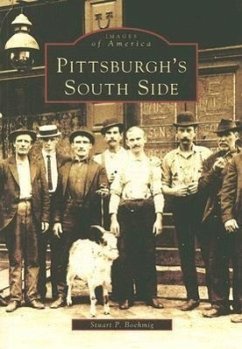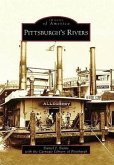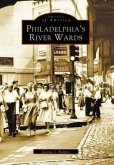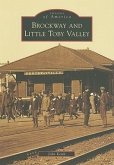In 1763, King George III granted 3,000 acres of bottomland on the south side of the Monongahela River to Maj. Gen. John Ormsby for his service in capturing Fort Duquesne during the French and Indian War. Just 100 years later, this flat river plain became the center of the aWorkplace of the World.a Powerful industrial giants such as B. F. Jones, James Laughlin, and Henry W. Oliver were drawn to the area, making it the heart of the Industrial Revolution. Immigrants came in droves from Germany, Ireland, Scotland, England, and later from central and Eastern Europe. They crowded Carson Street with the sights and sounds of different languages, customs, and fashions. These were the people who made the steel and iron that built America. Pittsburghas South Side is their story, a story of glass factories, steel mills, incline planes, trolley cars, saloons, and the crowded row houses where they raised their families.








